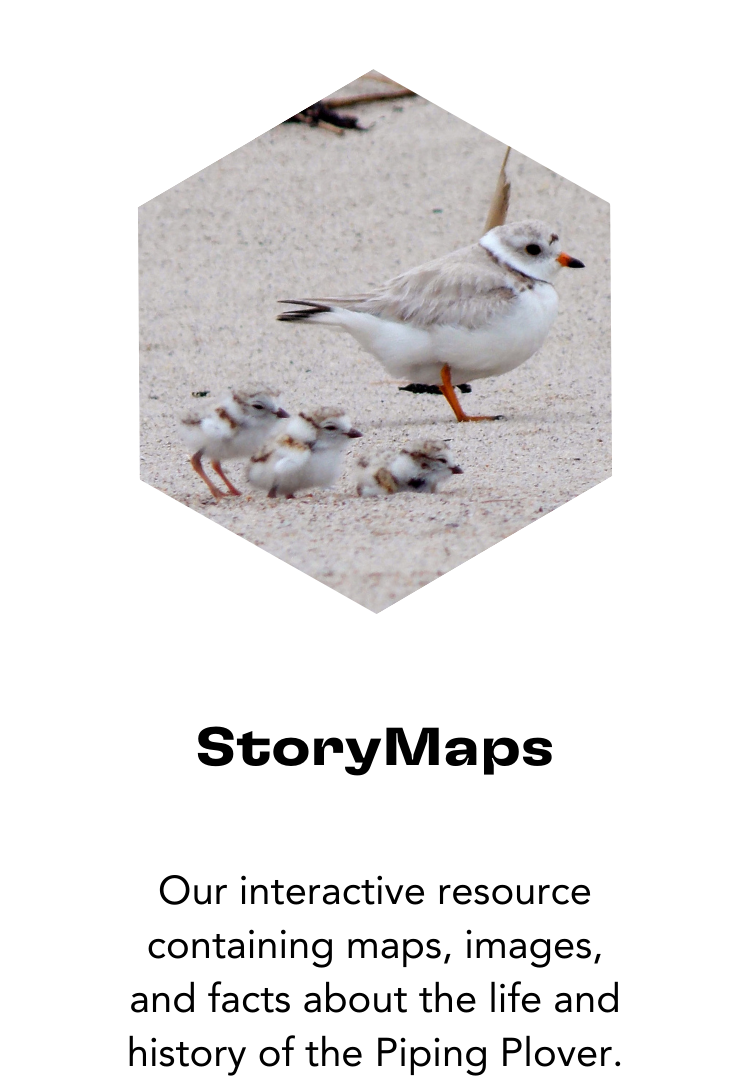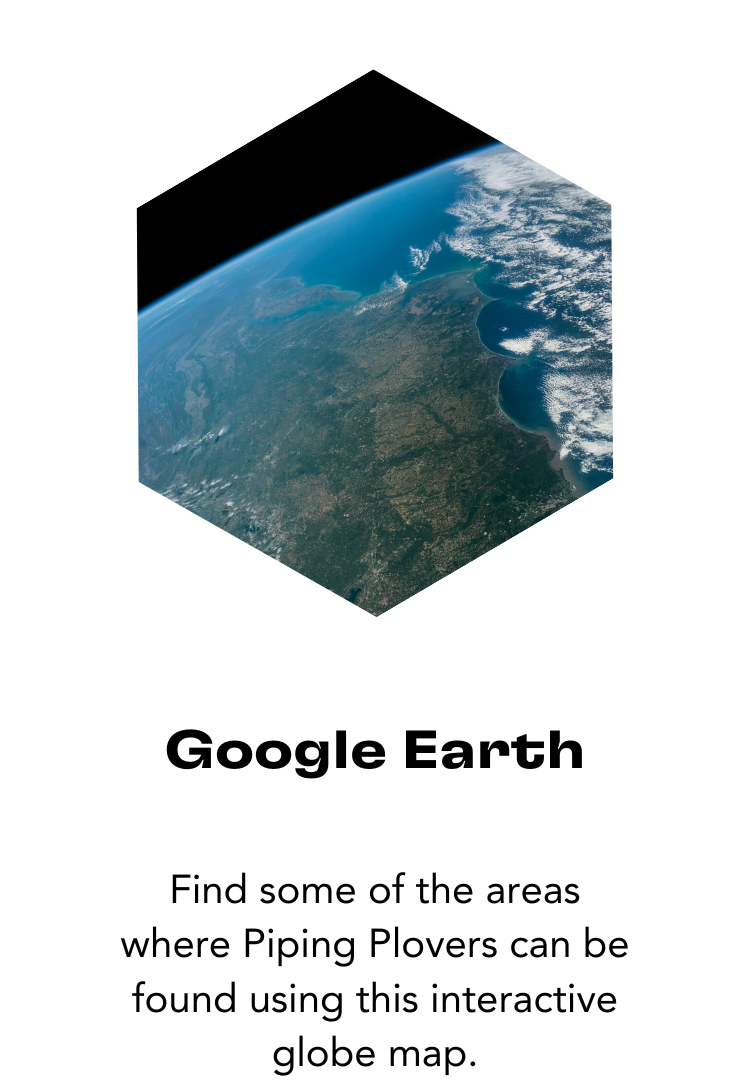
Shells and Sand Wasaga Beach

The Piping Plover we see here is nicknamed Nancy, after the HMS Nancy ship, which has a historic site at Wasaga Beach, Ontario, Canada. Nancy hatched in Wasaga Beach back in 2011 and is around 12 years old, making her far older than the average Piping Plover age of 5 years. Birds Canada researchers have followed her throughout her life. It’s still unknown where she winters, but she summers on beaches around Lake Huron in Ontario every year. Researchers believe Nancy spent the 2015-2020 summers at Wasaga Beach where she had 12 total fledglings, spent 2021 at Sauble Beach without successful fledgling, spent 2022 at Tiny Beach and had 3 fledglings, and has been in Wasaga Beach again in 2023 without any success. Another exhibition image, “Chick Wing Stretch”, actually features one of Nancy’s chicks! No nickname has been given to this chick yet, but researchers identify it by the banding on its leg. “Adult Walks” features Flash, the other parent to this chick, who unfortunately passed in 2023.
Nancy sports a sandy, grey-brown summer plumage, a black breast band and forehead band, orange legs, and an orange and black bill – all characteristic of Piping Plovers during the breeding season. During their wintering months, their plumage becomes more muted and grey, bands fade slightly, legs fade to yellow, and the bill becomes darker.
There are three populations of Piping Plovers in Canada, and this exhibition features two of these subspecies: The Great Lakes population (subspecies circumcinctus) and the Atlantic Coast population (subspecies melodus). While their habitat ranges differ, these populations are united by similar pressures faced in their respective habitats, which have led to endangered designations across all three of the subspecies.
Footage of Dr. Bondar and Birds Canada researchers observing nesting Piping Plovers at Wasaga Beach, Ontario, on the shores of Lake Huron.
The open beaches where Piping Plovers make their nests and lay eggs make them highly vulnerable. Humans and their pets often disturb nests unintentionally, whether directly by destroying them or by startling Plovers and prompting nest abandonment. Predators like Merlins and Seagulls have easy access to nests and hatchlings on the open beach, and human presence near nests acts as a signal to predators to investigate the area further, adding more danger. To protect Piping Plovers as much as possible, nesting areas are often fenced off to prevent nest disturbance and ensure the best chance for hatchling success.


Signs for closed-off areas installed at Wasaga Beach, Ontario during the 2022 Piping Plover nesting season.
Climate change has also had increasing negative impacts on Piping Plover populations in recent years. Since they rely on shoreline habitats, water level rises, droughts, and increasing extreme precipitation events can all negatively impact habitat availability and viability.
Explore more below to learn about Piping Plovers!
Sources
- IBA Canada: https://www.ibacanada.com/documents/ploverguide.pdf
- US Fish and Wildlife Service: https://www.fws.gov/species/piping-plover-charadrius-melodus
- Birds Canada: https://www.birdscanada.org/bird-science/piping-plover/ontario



